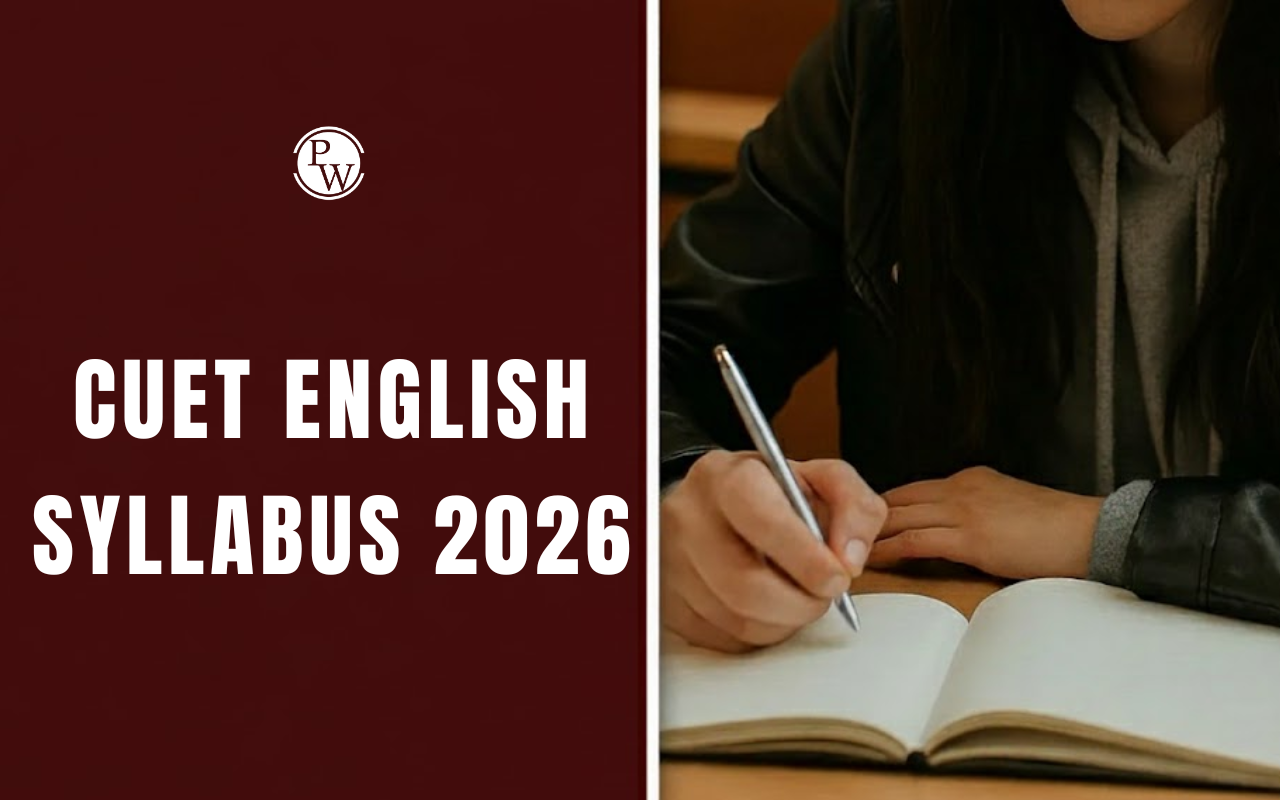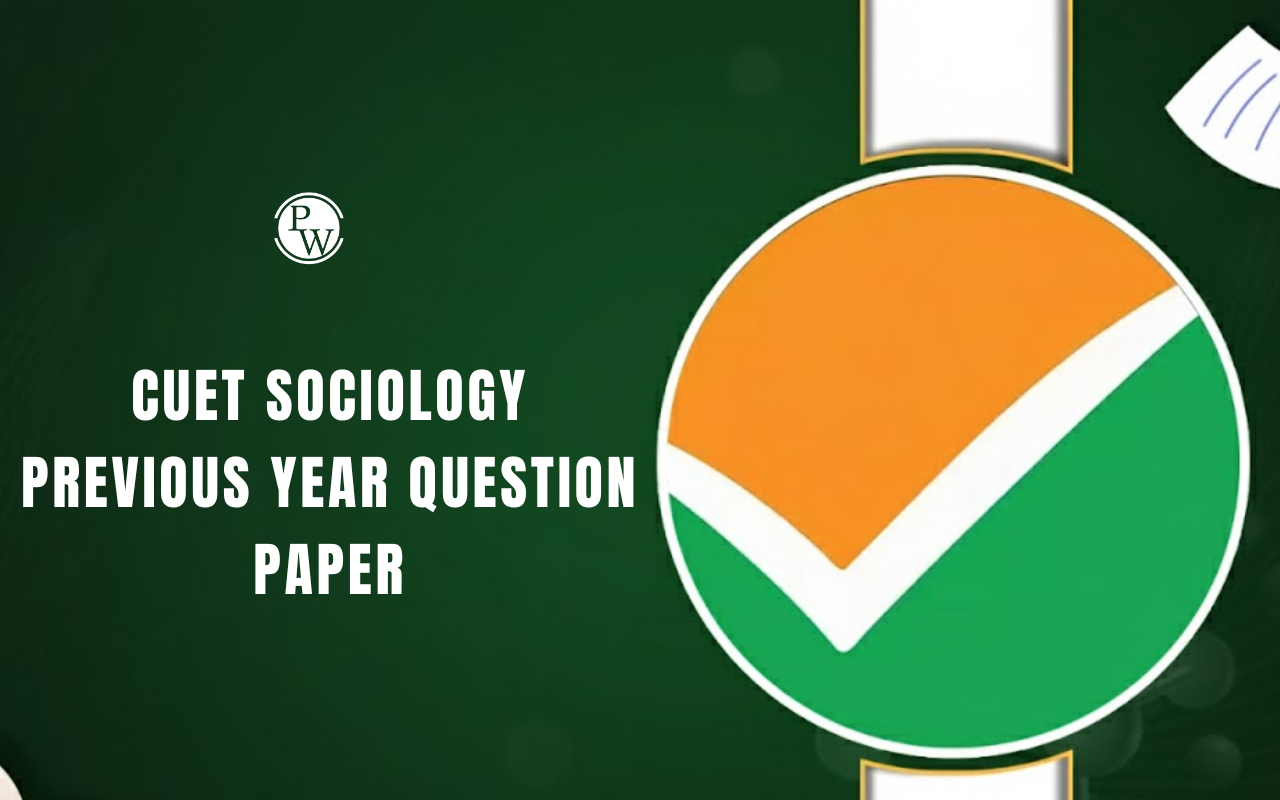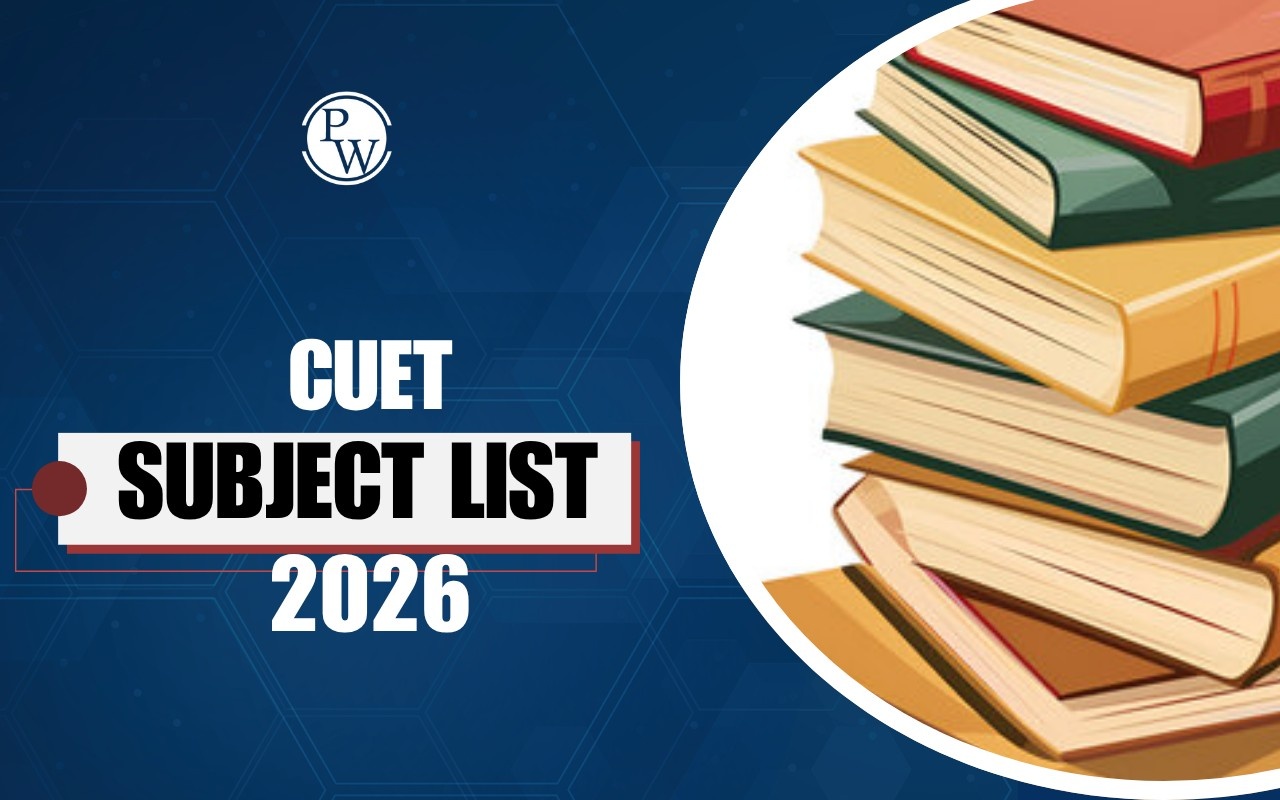
CUET Chemistry Important Topics 2026: With the increasing popularity of CUET 2026 and its mapping to over 50 undergraduate courses, Chemistry has become a crucial subject for aspirants. Every year, around 5 lakh students appear for the exam, making the competition intense.
Knowing the important topics for CUET Chemistry helps you focus on high-weightage areas, prepare strategically, and attempt more questions accurately. Covering the key chapters across organic, inorganic, and physical chemistry will give you a strong foundation and a competitive edge in this exam.
CUET Chemistry Important Topics 2026 Overview
Every year around 5 lakh students appear for the CUET Chemistry exam. With Chemistry being a key subject for over 50 UG courses knowing the most important topics can give you a real edge and help you focus your preparation effectively.
CUET Chemistry syllabus has 10 units, covering inorganic, organic and physical chemistry. If you focus on the high-weightage topics from each unit, you can save time, strengthen your concepts and attempt more questions accurately.
Unit Wise CUET Chemistry Important Topics 2026
CUET Chemistry is an important subject for aspirants appearing for the 2026 exam, as it is mapped with numerous undergraduate courses. Focusing on high-weightage topics across organic, inorganic, and physical chemistry can help you prepare efficiently and improve your score. The table below provides an unit wise of important topics in each unit to guide your preparation.
|
Unit Wise CUET Chemistry Important Topics 2026 |
|
|
Unit |
Key Topics / High-Weightage Areas |
|
Solid State |
Types of solids (molecular, ionic, covalent, metallic), unit cell (2D & 3D), density calculation, packing efficiency, band theory, conductors, semiconductors (n & p-type), insulators |
|
Solutions |
Types of solutions, solid solutions, colligative properties (vapor pressure lowering, Raoult’s law, boiling point elevation), Van’t Hoff factor |
|
D & F Block Elements |
Trends in first-row transition metals (metallic character, ionization energy, oxidation states, magnetic properties), preparation & properties of K₂Cr₂O₇ and KMnO₄ |
|
Haloalkanes & Haloarenes |
Nomenclature, C–X bond properties, physical & chemical properties, substitution reactions, optical activity |
|
Alcohols, Phenols & Ethers |
Nomenclature, preparation methods, identification of primary/secondary/tertiary alcohols, acidic nature & reactions of phenols, uses of ethers |
|
Biomolecules |
Carbohydrates, proteins, hormones, DNA & RNA |
|
Electrochemistry |
Cell potential, standard electrode potential, Nernst equation, conductance, electrolysis |
|
Chemical Kinetics |
Rate of reaction, order & molecularity, integrated rate laws, activation energy |
|
Surface Chemistry |
Adsorption, catalysts, colloids, emulsions, surface tension |
|
Coordination Compounds & Metallurgy |
Nomenclature, bonding, stability, properties of complexes, extraction & uses of metals |
CUET Chemistry Chapter Wise Weightage 2026 (Expected)
Chemistry plays a significant role in CUET 2026, especially for students aiming for UG Science courses. Based on trends from previous years the expected number of questions from each chapter is as follows:
|
CUET Chemistry Chapter Wise Weightage 2026 Expected |
||
|
Chemistry Section |
Chapter |
Expected Number of Questions |
|
Organic Chemistry |
Haloalkane & Haloarene |
3–4 |
|
Aldehyde, Ketone & Carboxylic Acid |
4–5 |
|
|
Alcohol, Phenol & Ether |
3–4 |
|
|
Biomolecules |
2–3 |
|
|
Amines |
3–5 |
|
|
Polymers |
1–2 |
|
|
Inorganic Chemistry |
Metallurgy |
1–2 |
|
D & F Block Elements |
4–5 |
|
|
Coordination Compounds |
3–4 |
|
|
Physical Chemistry |
Solid State |
2–3 |
|
Electrochemistry |
2–3 |
|
|
Solutions |
2–3 |
|
|
Surface Chemistry |
4–5 |
|
|
Chemical Kinetics |
3–4 |
|
CUET Chemistry Exam Pattern 2026
Knowing the CUET Chemistry exam pattern 2026 helps you plan your preparation better. The table below shows the important details like duration, marking scheme and question types.
|
CUET Chemistry Exam Pattern 2026 |
|
|
Exam Parameter |
Details |
|
Mode of Exam |
Computer-Based Test (CBT) |
|
Total Duration |
2 hours (120 minutes) |
|
Total Questions |
50–60 questions (approx.) |
|
Marking Scheme |
+4 marks for correct answer, -1 for incorrect answer |
|
Question Type |
MCQs (Multiple Choice Questions) |
|
Sections |
Organic Chemistry, Inorganic Chemistry, Physical Chemistry |
|
Language |
English |
|
Difficulty Level |
Mix of Easy, Moderate, and Difficult questions |
CUET Chemistry Preparation Tips 2026
To score well in CUET Chemistry 2026, it is important to prepare smartly and focus on CUET high weightage topics. The following tips can help you study effectively and improve your performance in the exam.
-
Check the official CUET website for updated topics and highlight key points in each chapter.
-
Practice CUET Chemistry previous years question papers before attempting full-length mock tests.
-
Analyze mocks to improve accuracy, speed, and identify weak areas.
-
Focus on NCERT examples and exercises, as most questions are based on them.
-
Make flowcharts or reaction maps to remember reactions and conversions effectively.
Book for CUET Chemistry Preparation 2026
You can check out the Book for CUET Chemistry Preparation 2026 through the link below. This book is designed for CUET 2026 aspirants and includes chapter-wise and topic-wise question banks, past year questions (up to 2025), mock tests, and chapter-wise revision sheets. It is a complete resource to help you revise effectively and boost your score in the CUET Chemistry exam.
Physics Wallah provides CUET UG Online Coaching with live classes, study materials, and practice tests. The courses are designed to make learning simple and effective, helping you prepare for your CUET UG exams with ease.









